When playing Magic: The Gathering, knowing how a turn works, and the timing of spells is vital information in becoming a better player. Knowing what happens in each phase will allow you to understand what your opponent is doing and how to structure your turn to make the best decision possible.
Phase One: Beginning
Untap
The beginning phase starts off with the untap step. This is where permanents that were tapped last turn become untapped and ready to be used again. This includes your lands, creatures, and artifacts that are on the battlefield.
Upkeep
After the untap step comes the upkeep. Cards can trigger here and have an effect before you draw for your turn. Opponents can also activate abilities and cast spells after the untap step. For example, Oloro, Ageless Ascetic has an upkeep trigger that gains two life. This card also has an upkeep trigger that gains two life if Oloro is in the command zone.
Draw
The last step of the beginning phase is to draw a card from the top of the library. After drawing the card, the beginning phase ends, and the turn continues to the pre-combat main phase.
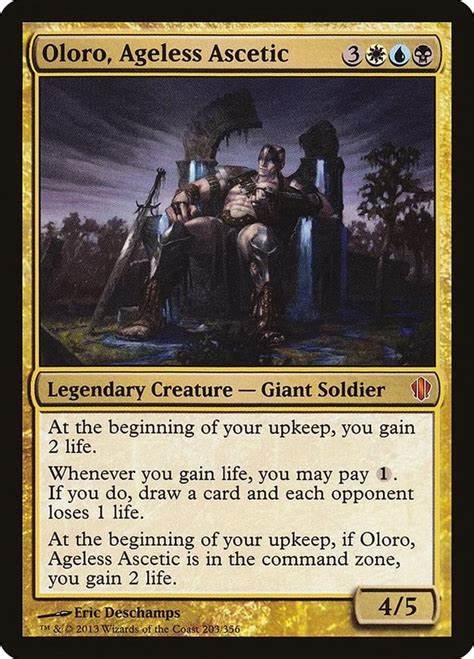
Phase Two: Pre-Combat Main
This phase is where the player can play non-instant spells like creatures, sorceries, and artifacts. This step is also where a land can be played for the turn. Instant spells can also be played during this phase if needed but are normally better to use on opponents turns or in combat.
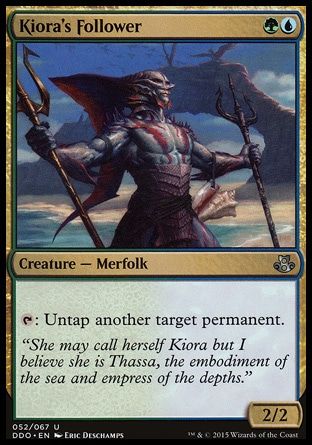
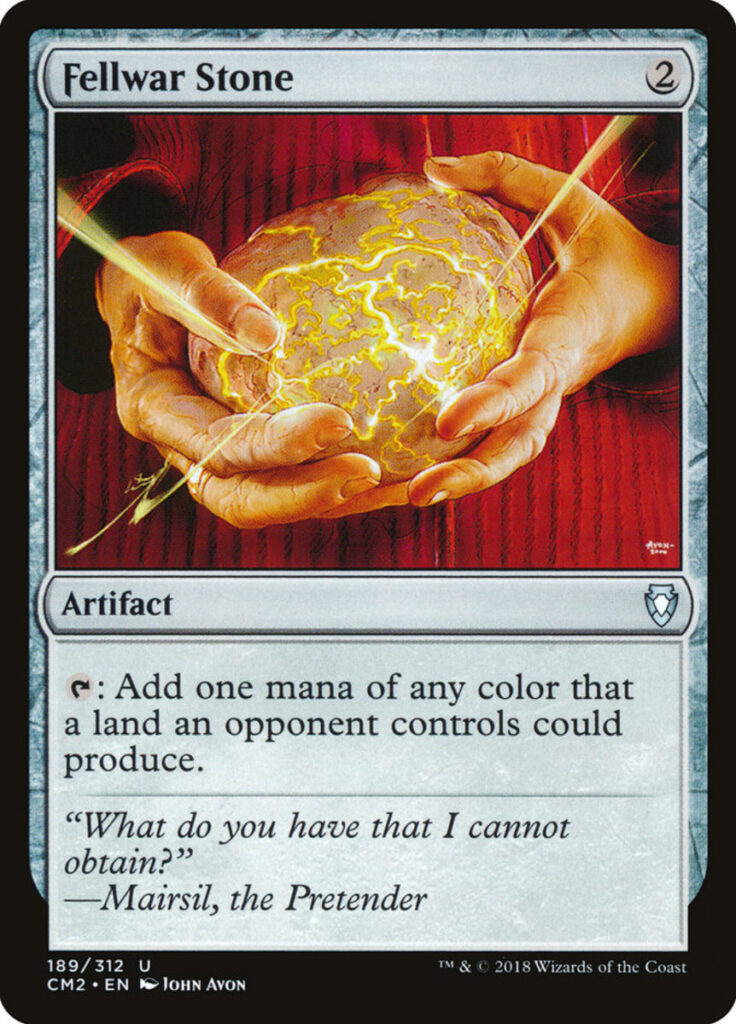
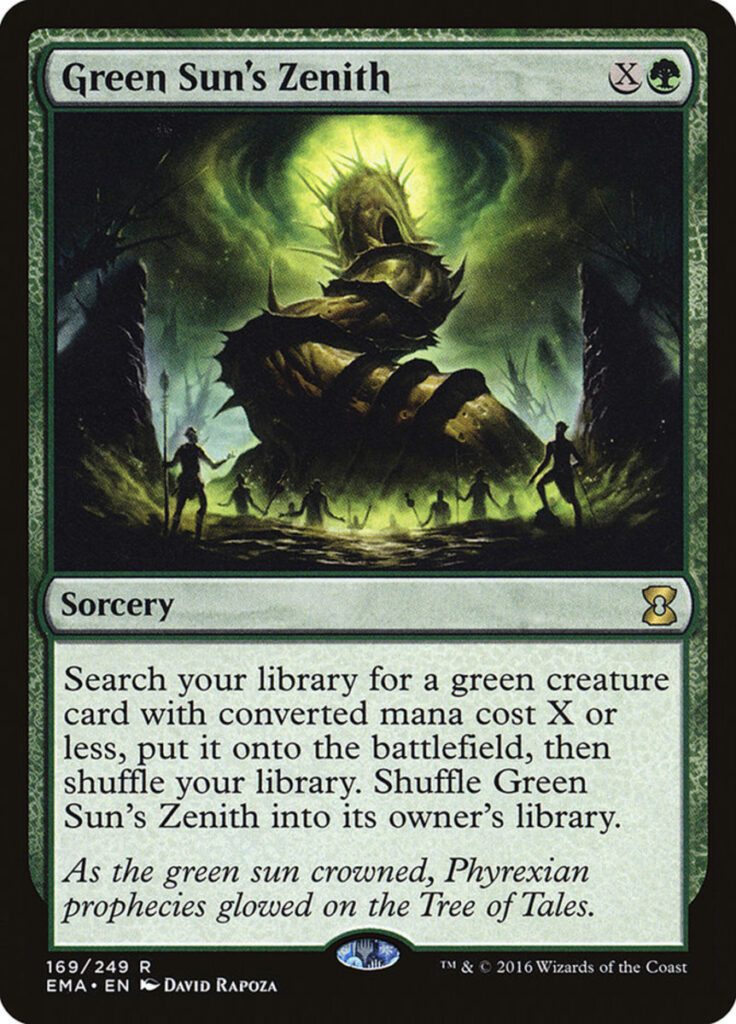
Phase Three: Combat
The next step in a Magic: The Gathering turn is combat. This phase is the most confusing for new players because of the many steps involved. Combat is divided into five steps: begin combat, declare attackers, declare blockers, combat damage, and end of combat.
To begin combat pick what creatures to attack with. Declare these creatures for the declare attackers’ step. Next, the opponent will decide to either take the damage from the attacking creature or block with a creature they own. In the instance below, the opponent decided to block the Charging Badger with the Pelt Collector. After blockers are declared, damage occurs.



Each creature has a power and toughness in the lower right corner of the card. The power is the first number and shows how much damage the creature will do. The toughness is similar to the health points of a card. In the example below, each creature has a power and toughness of one. They each will do one damage to each other reducing each of their toughness to zero. At the end of combat, both creatures will die and go to the graveyard because of the damage.


Phase Four: Post Combat Main
After combat, the player gets another phase just like the one before combat. The player can cast sorceries, creatures, and artifacts here and play lands if they didn’t in the first main.
Phase Five: Ending
The fifth and final stage of a turn in Magic: The Gathering is the ending. This part of the turn has two steps: the end and clean up.
End Step
This is the first step of the two in this phase. This step is important because some cards trigger here if they have the text, “at the beginning of the end step” printed on them. For example, Sol’Kanar the Tainted triggers the end step allowing you choose one effect that hasn’t been chosen before.
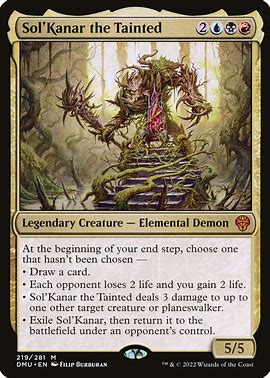
Cleanup
This is the last step in the end phase and of the turn. Cleanup has the player discard down to the maximum hand size (usually seven). All damage is then erased from creatures that had damage marked on them from combat or spells. Finally, the turn is done, and the player can now start planning on what to do next!
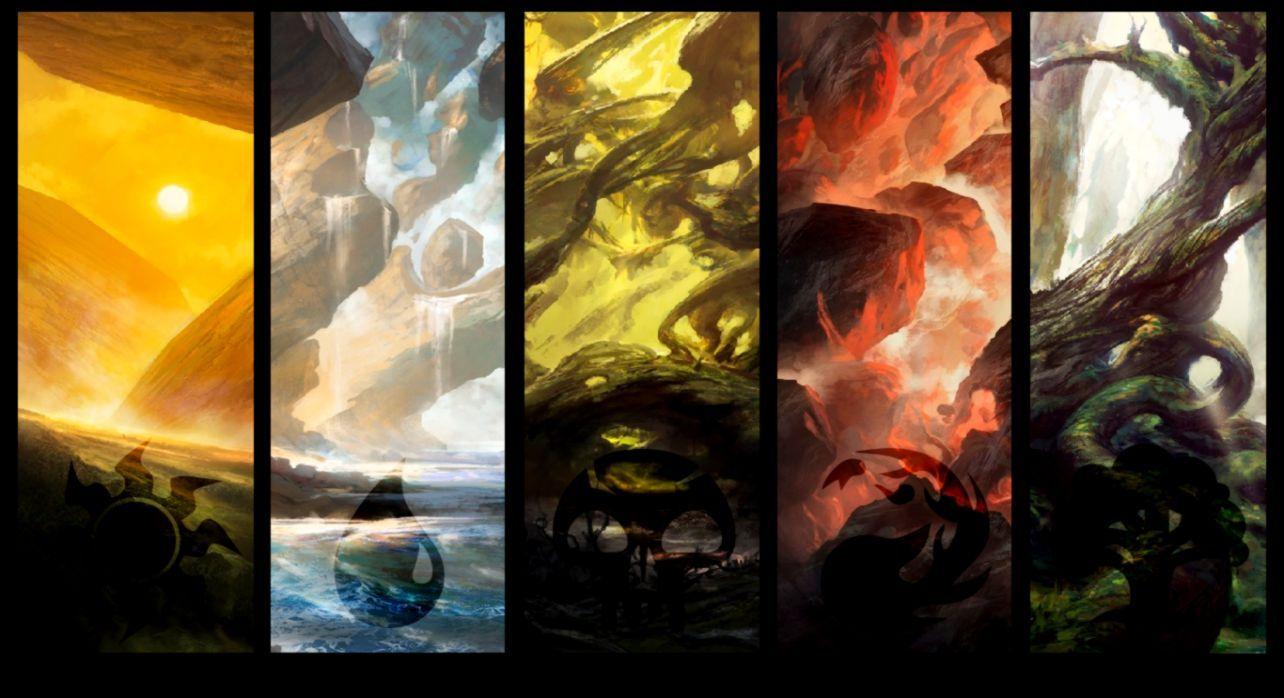
Leave a Reply